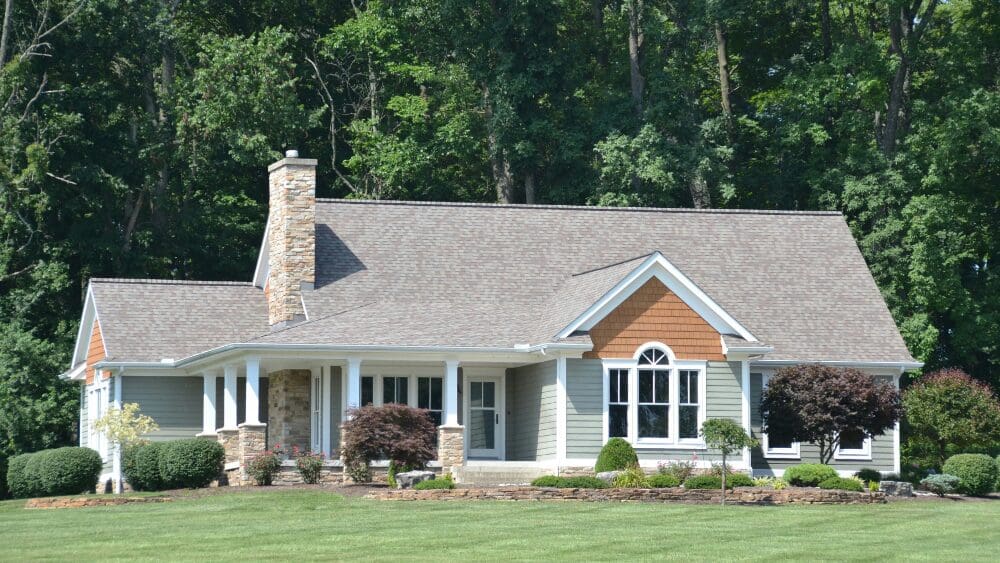
Selling your old home while buying a new one in North Carolina often presents a tricky balance of timing and funds. In a market where inventory is low and prices are high, synchronizing the sale of your current home with purchasing a new one adds an extra layer of complexity. You might think your only option is to sell, move out, and temporarily live elsewhere while searching for your next house. But there’s a more streamlined solution that could be just what you’re looking for – a bridge loan. This short-term financing option in North Carolina can help bridge the gap, allowing you to purchase your new home before selling your old one and smoothing out the transition in this significant phase of your life. In real estate, a bridge loan is a short-term financial tool designed to aid you during the overlapping period of selling your current home and purchasing a new one. This type of loan leverages the equity in your existing home, providing you with the necessary funds to make a down payment and handle closing costs on your new property. While generally costlier than conventional mortgages, bridge loans are crafted for convenience and speed. They offer a strategic way to purchase your new home in North Carolina without the pressure of waiting for your old home to sell. In North Carolina, a typical situation where you find a bridge helpful loan is when you’re eager to buy a new home, but your current one hasn’t sold yet. Imagine you’ve found your dream home in the Tar Heel State, but the sale of your existing home is still pending. Here, a bridge loan steps in to utilize the equity from your old home, covering the down payment and closing costs for your new abode. The financial institution handling your new mortgage will often manage your bridge loan. They usually require that your current home is actively listed for sale, offering the bridge loan for a duration ranging from six months up to a year. An important factor in this scenario is your debt-to-income ratio (DTI). This ratio will include your existing mortgage payments, the payments for the new home, and any interest-only payments on the bridge loan. This comprehensive calculation helps lenders assess your ability to manage payments on both properties simultaneously, a crucial consideration given that your current home might not sell immediately. In some cases, if your old home is already under contract with a buyer who has secured loan approval, lenders might only consider the mortgage payment for your new home in the DTI calculation. This flexibility can be a significant relief, ensuring lenders are confident in your ability to handle the financial responsibilities during this transitional period. Bridge loans in North Carolina have several advantages that can make your home-buying experience more flexible and less stressful. These benefits make a bridge loan a practical solution for North Carolina buyers who need financial flexibility before accessing the equity from their previous home’s sale. While a bridge loan can be a valuable tool in your home-buying arsenal, it’s important to know its potential drawbacks. A bridge loan isn’t always the go-to solution for every real estate situation. Still, depending on your circumstances, it can significantly ease the transition from your old home to a new one. When you cannot prepare or stage your current home for sale while still living there, a bridge loan can provide the necessary funds to move into your new home. This allows you to vacate and prepare your old home for the market, potentially leading to a quicker sale and a better selling price.What is a bridge loan, in simple words?
How does a bridge loan work in North Carolina?
What are the benefits of a bridge loan in North Carolina?
What are the drawbacks of a bridge loan?
When is a bridge loan a good solution?



